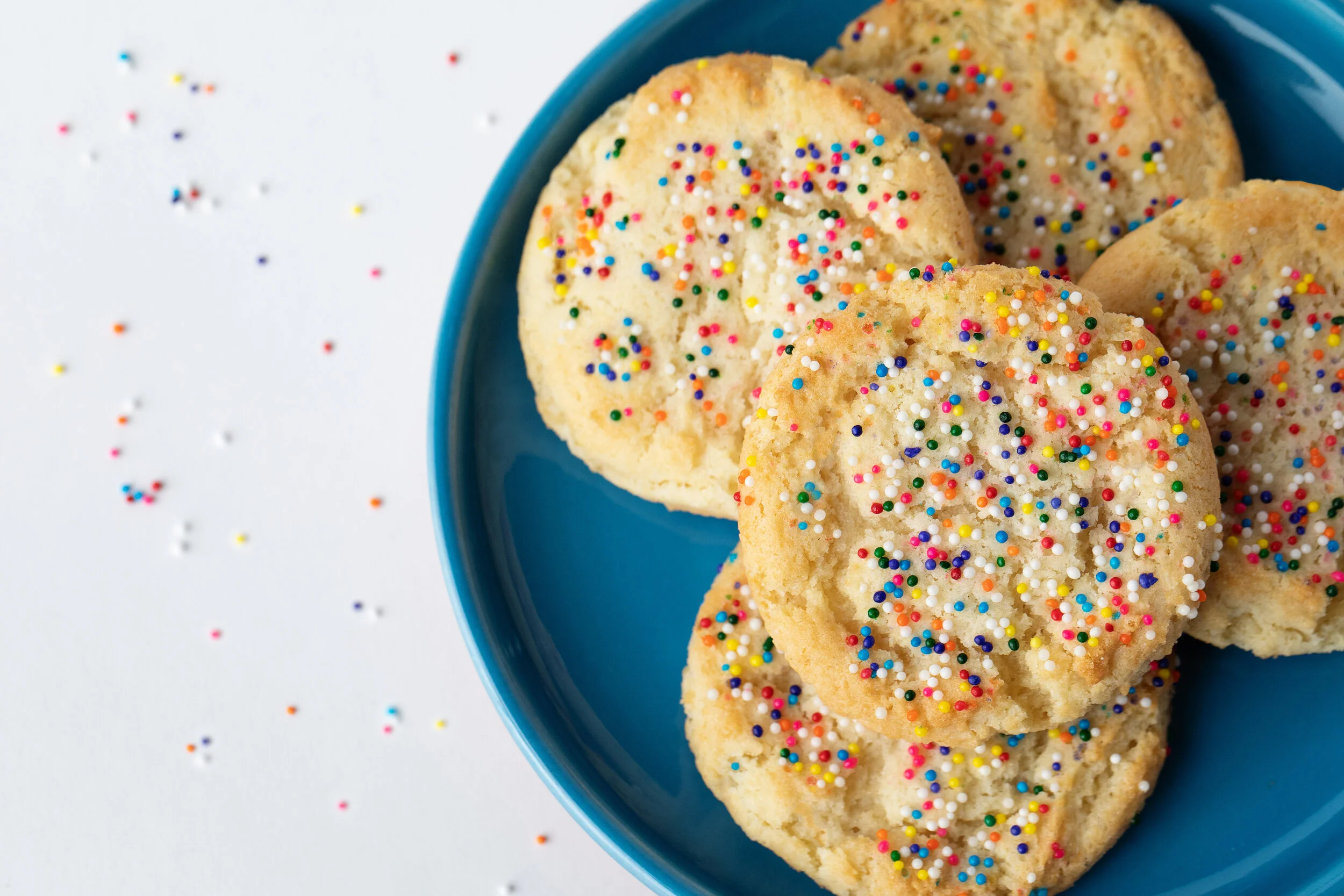High and Low Glycemic Index Foods
Carbohydrates are one of the three main macronutrients that our bodies need to function. Our bodies prefer to use carbohydrates for energy because they are the easiest to break down and convert into energy that we can use. Glycemic index refers to how quickly it takes your digestive system to break down specific carbohydrates into a simple sugar called glucose, which then enters the bloodstream. The glycemic index of foods is essential to know if you’re monitoring your blood sugar levels because foods that break down quickly will also cause blood sugar levels to spike. Foods with a high glycemic index (GI) break down quickly, and foods with a low GI break down slower.
Foods that already contain simple sugars, such as sweets, rice, and white bread, are digested and converted into energy very quickly and therefore have a high glycemic index. Typically, you’ll want to limit or avoid your consumption of these foods if you are at risk of developing or already have diabetes. Many foods that have a high GI contain added sugars, such as candy and soda. We know these sugary foods aren’t healthy regardless, but this doesn’t mean that all foods with a high GI are bad for you. If you are very active and exercise regularly, your body will burn a lot of glucose for energy. You might need to replenish your energy levels quickly to avoid a dramatic decrease in blood sugar levels, which can cause fainting and weakness. However, there are healthier high GI foods that you can reach for after your workout than a bar of chocolate. Potatoes are relatively high in glycemic index, but they contain many valuable nutrients and are perfect for a quick supply of energy. Rice, store-bought cereals (which usually contain added sugars), sweets and chocolates, and white bread are also high GI foods.
On the other hand, whole grains, such as quinoa and barley, and starchy vegetables such as sweet potato and squash have a low glycemic index. These carbohydrates are more complex, and it takes the body a longer time to break them down into simple sugars. As a result, glucose is slowly introduced into the bloodstream over a more extended period, and blood sugar levels will not spike. Eating low glycemic index foods is crucial if you need to regulate your blood sugar levels, as is the case with individuals who have diabetes. However, these foods are healthier for you in general, regardless of whether you have blood sugar issues or not.
If you enjoy eating store-bought cereals for breakfast, try switching them out for a healthier, low GI cereal such as steel-cut oats or bran. Although fruits taste sweet, most of them have a low GI. Apples, berries, peaches, mango, and citrus fruits such as oranges and grapefruit are low glycemic index foods. However, be cautious of overly sweet fruits, such as ripe bananas, figs, and grapes, as they are high GI foods. Try to pick bananas that are greener because they contain resistant starch that does not spike blood sugar levels. Lastly, beans and legumes are low GI foods that are also high in protein.




